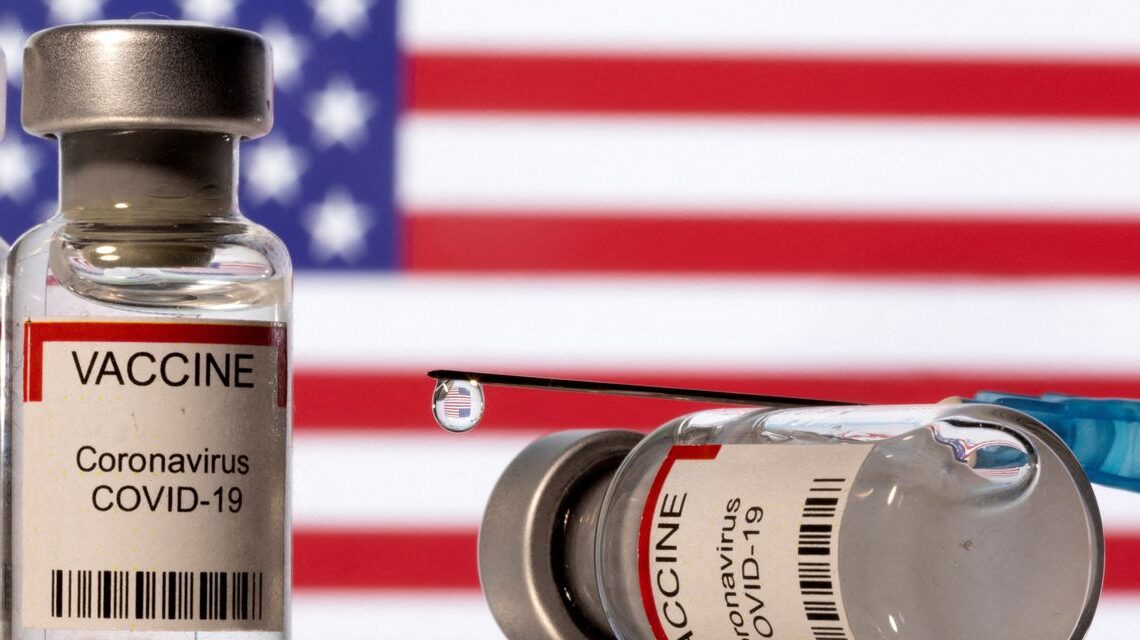How many times have public-health experts told us that Covid isn’t like the flu? Suddenly that’s changed. The Food and Drug Administration last week proposed treating the virus just like the flu when it comes to recommending annual vaccines.
There’s a glaring problem with this strategy: Covid isn’t seasonal. This virus has shown a remarkable ability to transmit year-round, with waves of infection occurring during summer as well as winter. The mRNA vaccines boost protection against infection for a few months at best. A booster during the fall therefore may reduce your odds of getting sick for a few months—though your protection depends on your immune response to the particular variants circulating. But as antibodies wane during the winter, you’ll become susceptible again.
It’s unclear that the potential risks of boosters for young, healthy adults and children exceed this small, short-term benefit. The elderly, who are at highest risk, might benefit on balance from boosters, but it’s unreasonable to expect them to have to get them twice or more a year, as the FDA is proposing.
All of this underscores the folly of the government’s promotion of
Pfizer’s
and
Moderna’s
mRNA vaccines at the expense of the one-dose shot by
which most evidence suggests provides more durable immunity.
The Trump administration’s Operation Warp Speed bet on six vaccine candidates that relied on different platform technologies, each of which came with advantages and drawbacks. A major benefit of the mRNA vaccines was their ability to be made rapidly, which was one reason they were the first to receive FDA authorization. The mRNA vaccines also initially generated high levels of antibodies, which was why they demonstrated nearly 95% protection against symptomatic infection during randomized controlled trials.
Yet a major downside of these vaccines is that their antibodies ebb after a few months, leaving high-risk individuals vulnerable to infection and severe illness. One study from South Africa found that protection from two doses of the Pfizer vaccine against hospitalization during Omicron dropped from 80% about two weeks after inoculation to 19% nine months later.
J&J’s vector vaccine is more difficult to manufacture, which slowed its rollout. It also initially…
Click Here to Read the Full Original Article at RSSOpinion…

